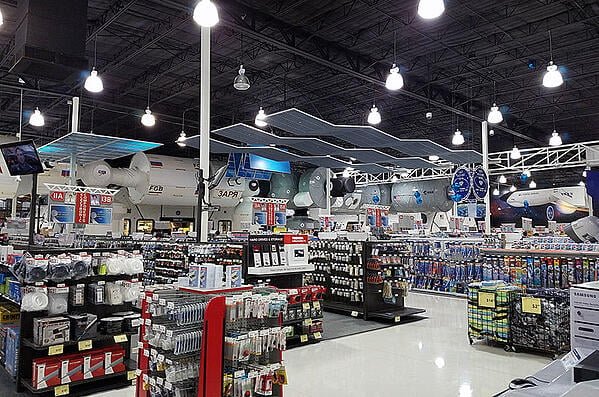Last week, Michael Mealling, Starbridge GP, attended Aerospace Corporation's roundtable of futurists, investors, and policymakers to provide NASA with an idea of what the agency’s future might be. What struck Michael, and the other space investors attendance, was how the progress of our portfolio companies was outstripping the futurists' predictions. One example of this is the persistent trope that mining in space would be done by low-wage workers that have been forcefully sent to space to serve industrial needs. It's widely agreed upon that human labor will have been removed from the mining process long before then. The Starship Singularity was on full display as well. Many didn’t understand how transformative the capability was, or chose to believe it wasn’t possible to build.
Portfolio Company News
Axiom leases Webster, TX Fry’s location known for its full-scale ISS mockup
Axiom Space’s office outside Johnson Space Center is less than four miles from the old Fry’s location, so the lease makes tremendous sense for the growing company. Fry’s Electronics was a chain of technology and appliance stores that catered to hardcore DIY technologist's. The opening of a Fry’s in your city was close to a religious experience for many of us and each location was themed. The Webster, TX location has a full scale mockup of the International Space Station hanging from the ceiling and the store was closed in 2021 when Fry’s itself shut down.
General Space News
During the debate surrounding creating Space Force one of the justifications was to enable the new branch to fix its own procurement problems. But many pointed out that these problems existed across the entire Department of Defense and creating a new branch wouldn’t solve those problems. While there have been a few recent procurement policy successes within Space Force, the branch is still heavily dependent on the Air Force and the rest of the DoD. Perhaps the US Government can fix defense procurement processes this time around.
A Rocket Lab Electron launches a NASA lunar cubesat mission.
Rocket Lab launched the CAPSTONE payload earlier this week on its four-month trip to the Moon to map the Near Rectilinear Halo Orbit that NASA will use for the Lunar Gateway. As of this writing, the payload has successfully executed its fourth orbit raising burn. The total budget for the mission was just under $30M and is an example of how the Moon and the rest of the inner Solar System are now at prices thought fundamentally impossible a few years ago.
House Appropriations Space Subcommittee member Steven M. Palazzo (R-MS-4) lost his seat Tuesday in a primary runoff
Palazzo is a member of the House Appropriations space subcommittee and his loss is more evidence that the House and Senate committees, already subject to the standard committee wrangling that happens with a new Congress, are going to see tremendous changes. The most fundamental appears to be a nearly complete generational transfer in leadership in all space related committees. Space policy may see some significant shifts when no member remembers Apollo and only barely remembers Shuttle.
Fun video selfie from smallsat manufacturer NanoAvionics
Other Space News
Smallsat manufacturer NanoAvionics has gone to new heights to take a selfie.
India launched three satellites for Singapore this morning on a PSLV.
SpaceX successfully launched a C-band communications satellite for SES Wednesday.
Aerojet Rocketdyne's CEO appears to be winning a proxy fight against the company's chairman.
The X Prize Foundation is considering an active debris removal competition.
NASA's Psyche asteroid mission will miss its launch window this year.
NASA says it's on track to launch the first SLS as soon as late August.
































